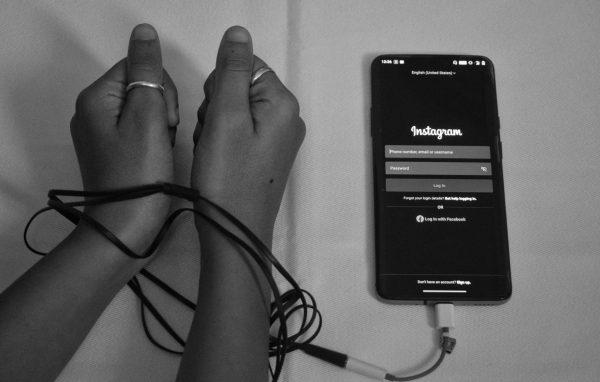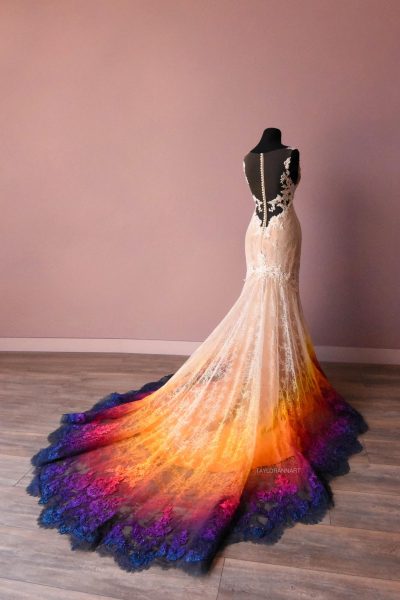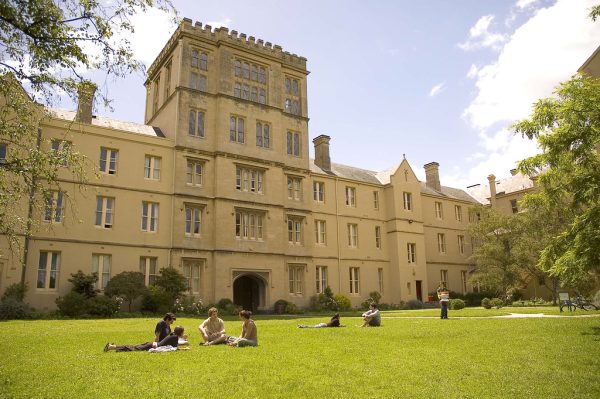History of Valentine’s Day

March 1, 2017
Each February 14th in the USA and other parts of the world candy, flowers and gifts are being exchanged through loved ones. This all started by Saint Valentine but who is Saint Valentine and where did these traditions come from?
Saint Valentine has Christian and ancient Roman traditions. The Catholic Church recognizes 3 different types of saints named Valentine. One legend says that Saint Valentine was priest during the 3rd century in Rome. When Emperor Claudius the second was in power he decided that single men made better soldiers than those who had wives or families. Claudius then outlawed marriage for young men. Valentine did not agree with this new law that Claudius made an continued to perform marriages for young men in secret. Claudius found out what Valentine was doing and ordered for him to be put to death.

Other stories suggest that Valentine was put to death because he was attempting to help christians escape Roman prisons where they were beat and tortured. One legend says that Valentine sent his first “Valentine” to himself after he fell in love with a girl who people believe was the jailer’s daughter whom he saw during his confinement. Before he died people suspected that he signed a letter to the girl with “From your Valentine”. An expression we still use today. Although we don’t know the exact truth behind all of the stories show how he is sympathetic and a romantic person. In the middle ages Valentine was one of the most popular saints in England and France.
Some people believe that Valentine’s day is in the middle of February because it is the anniversary of Valentine’s death or burial day which happened in about A.D. 270. Other people think that the Christian Church placed St. Valentine’s feast day in the middle of February to Christianize the pagan celebration of Lupercalia. Lupercalia was a festival that was dedicated to Faunus who was the Roman god of agriculture.
At the start of the festival members of the Luperci would gather at the cave that was believed to be the cave that Romulus and Remus, the founders of Rome that were cared for by a she-wolf or lupa. Later in the day the single women in the city would put their names in a big urn. The bachelor’s of the town would each choose a women’s name out of the urn and would be paired with them for a year. The matches often ended in marriage.
Lupercalia survived the initial rise of Christianity but was outlawed because it was seen as “un-christian” at the end of the 5th century when Pope Gelasius declared that February 14th was St. Valentine’s Day. It was not until later on that February 14th was associated with being the day of love. During the Middle Ages in France and England they believed that Valentine’s day was the beginning of birds’ mating season which helped the idea that Valentine’s Day should be a day of romance.
Valentine’s Day greetings were popular during the middle ages, though written Valentine’s didn’t come about until the after the 1400s. The oldest Valentine that we know of is a poem by Charles, Duke of of Orleans which was written in 1415 to his wife who was imprisoned in the tower of London. A few years later people believed that King Henry V hired a writer by the name of John Lydgate to write a valentine note to Catherine of Valois.
Other places including the United States that celebrate Valentine’s Day is Canada, Mexico, the United Kingdom, France and Australia. In Great Britain Valentine’s Day became popular to celebrate around the 17th century. During the middle of the 18th century it was common for friends and lovers to exchange small gifts or handwritten notes. By the 19th century printed cards replaced handwritten cards. The ready made cards was an easy way for lovers to show their emotions to one another. Also there was cheaper postage rates increased the amount of Valentine’s Day greetings sent.
In the United States people most likely began exchanging hand-made Valentine’s during the 1700s. In the 1840s Esther A. Howland began selling mass produced valentine’s in the United States. Howland soon became known as the “Mother of Valentine”. He also made creations with real lace, ribbons and colorful pictures that were known as “scrap.” As of today the Greeting Card Association estimates that 1 billion Valentine’s day cards are sent year year which makes Valentine’s day the second largest-card-sending holiday of the year. Women purchase about 85% of all Valentine’s Day cards.












